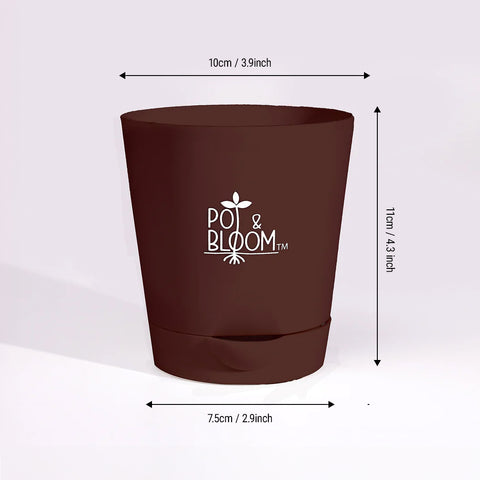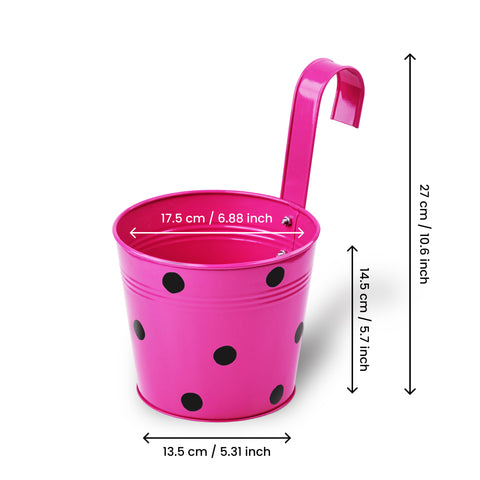Indoor gardening is becoming very popular in India. It allows people living in the city to enjoy the benefits of nature without needing a traditional outdoor garden. With the right approach, you can grow a variety of plants indoors, from vibrant flowers to fresh herbs and vegetables. Here are the top 10 indoor gardening tips to ensure successful indoor gardening in India.
1. Select the Right Plants
Choosing the right plants is crucial for indoor gardening success. Opt for plants that thrive in indoor conditions and are well-suited to the Indian climate. Popular choices include spider plants, snake plants, pothos, peace lilies, and herbs like basil, mint, and coriander. Ensure these plants are well-maintained and adapt to indoor home environments.
2. Understand Light Requirements
Light is one of the most important indoor gardening essentials. Different plants have different light requirements. Place sun-loving plants near windows where they receive plenty of natural light, and use artificial grow lights for plants that need more light than your indoor space provides.
3. Keep your Plants Well-Hydrated
Overwatering and underwatering are common mistakes in indoor gardening. Check the soil moisture before watering. Most indoor plants prefer the soil to dry out slightly between waterings. Use pots with drainage holes so that water does not become stagnant at the bottom, causing roots to rot.
4. Use Quality Soil and Fertilisers
Good-quality soil is essential for growing healthy plants. Use a well-draining potting mix for indoor plants. Organic options like compost or liquid seaweed are excellent choices for providing essential nutrients.
5. Control Humidity Levels
Indoor gardening essentials include checking the right environment required for plant development, especially with air conditioning or heating, which can be quite dry. Many indoor plants, especially tropical varieties, prefer higher humidity levels. Use a humidifier, place a tray of water near your plants, or mist your plants regularly to maintain adequate humidity.
6. Ensure Proper Air Circulation
Good air circulation helps prevent mould and pest infestations. Avoid placing plants too close together to allow proper airflow. This reduces the risk of fungal diseases that can thrive in stagnant air.
7. Monitor Temperature
Indoor plants thrive best in stable temperatures. Avoid placing them near draughty windows, heating vents, or air conditioners, as sudden temperature changes can stress the plants. Maintain indoor plant temperatures between 18-24°C (65-75°F).
8. Prune Regularly
Regular pruning helps maintain plant health and encourages new growth. Remove dead or yellowing leaves, trim overgrown stems, and pinch back leggy growth to keep the plants looking their best. Pruning helps shape the plants and improves air circulation around them.
9. Keep an Eye on Pests
Indoor plants are not immune to pests like spider mites, aphids, and mealybugs. Regularly inspect your plants for signs of pests. Use neem oil, insecticidal soap, and other organic pest control measures to keep pests at bay. Buy Pot and Bloom Mealy Bug Buster to safeguard your home garden, powered by green metabolite technology.
10. Repot When Necessary
As plants grow, they may become root-bound. Repotting your plants every 1-2 years ensures that they have enough space to continue thriving. Always choose a slightly larger pot, use fresh potting mix, and gently loosen the roots.
Conclusion
Indoor gardening in India can be an enriching journey. The advantages of gardening bring a touch of greenery and fresh air to your home. By following these essential indoor gardening tips, you can create a thriving indoor garden that adds beauty to your living space and brings the joy of nature indoors. Visit Pot and Bloom online to know more about their products like flower kits, vegetable kits, herb kits and more!




















Comments (0)
There are no comments for this article. Be the first one to leave a message!